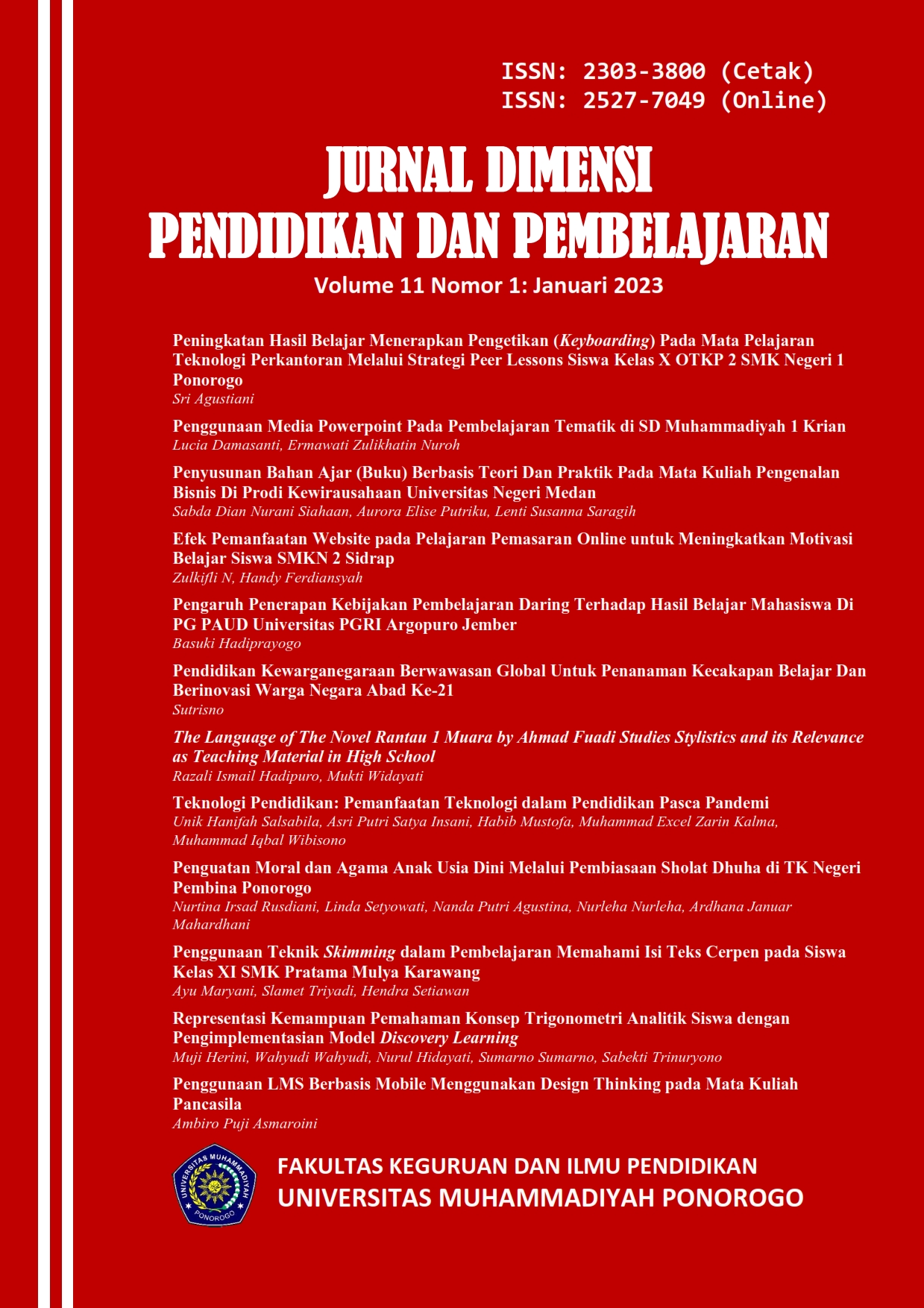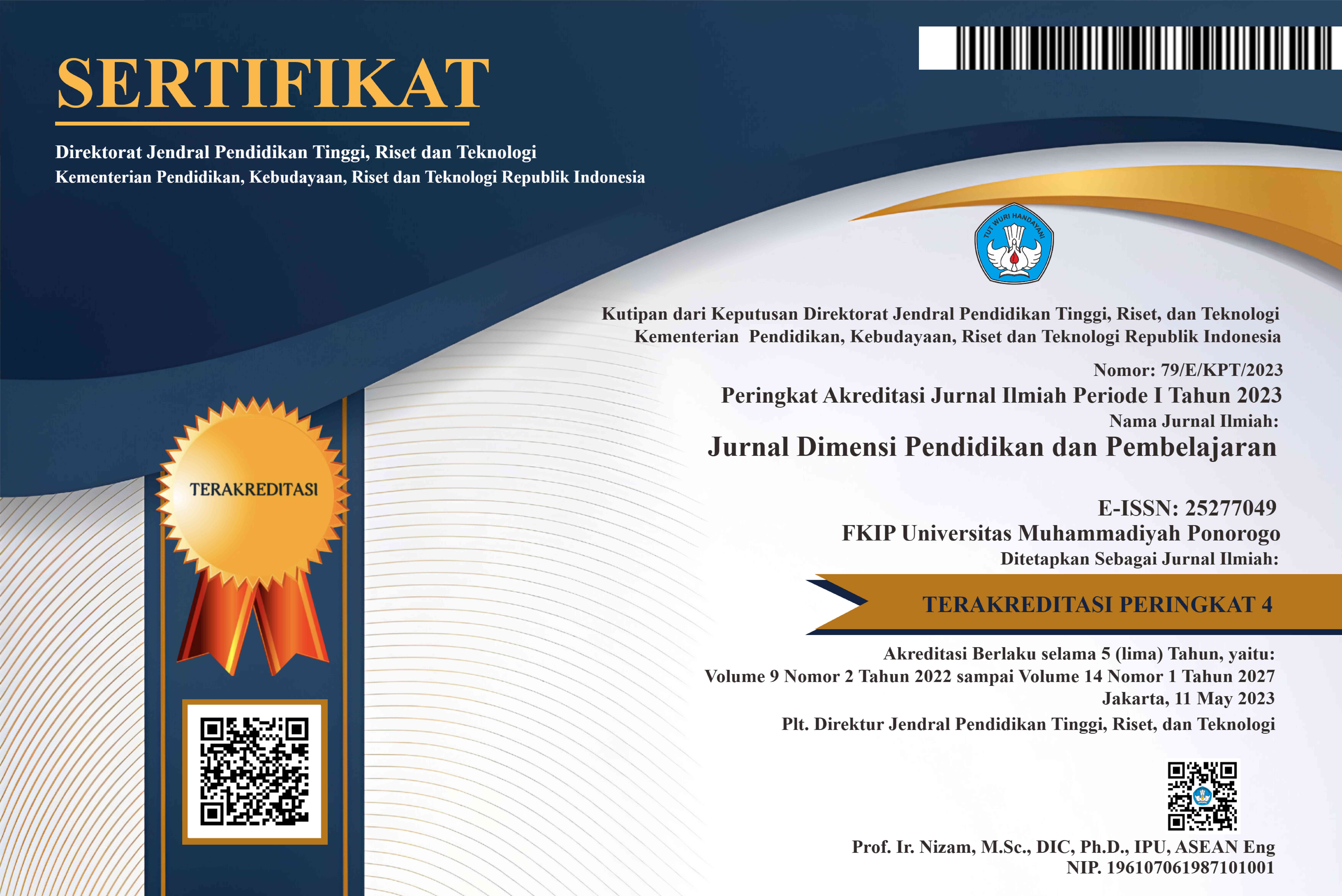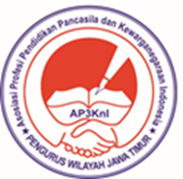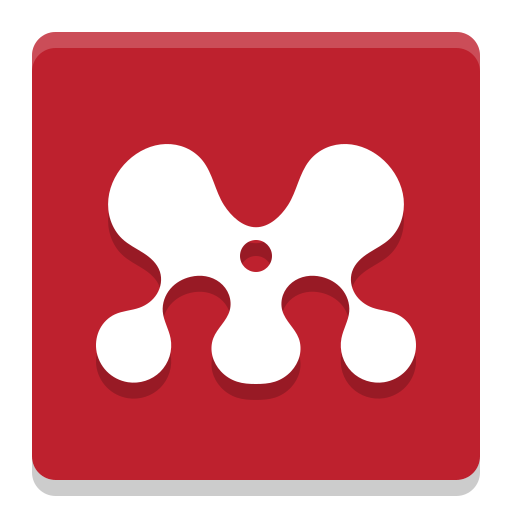Pendidikan Kewarganegaraan Berwawasan Global Untuk Penanaman Kecakapan Belajar Dan Berinovasi Warga Negara Abad Ke-21
DOI:
https://doi.org/10.24269/dpp.v11i1.6515Abstract This study aims to analyze the role of citizenship education with a global perspective to instill learning skills and innovate in 21st-century citizens. This research is qualitative research using a special study approach. Data collection techniques with observation interviews and documentation. . The results of the study show that citizenship education with a global perspective can foster the Learning and Innovation skills of 21st-century citizens through a learning process using the global citizen project model. Global citizen project. is a green design learning model for citizenship education with a global outlook that develops the skills of young citizens in critical thinking and problem-solving, communication and collaboration as well as creativity and innovation in solving complex global problems.
References
Aneshkumar Maharaj & Vivek Wagh. (2016). Formulating tasks to develop HOTS for first-year calculus based on Brookhart abilities. South African Journal of Science, 112(11/12), pp. 1-6. DOI: http://dx.doi.org/10.17159/ sajs.2016/20160139
Banks, J. A. 2008. Diversity, Group Identity, and Citizenship Education in A Global Age. Educational Researcher, 37 (3), pp. 129-139.
Cogan, J.J. 1998. “Citizenship Education for The 21st Century: Setting The Contextâ€, dalam Cogan, J.J dan Derricot, R. (eds.), Citizenship for The 21st Century: An International Perspective on Education. London: Kogan Page Limited. Hlm.
Dasim Budimansyah. (2010). Tantangan globalisasi terhadap pembinaan wawasan kebangsaan dan cinta tanah air di sekolah. Jurnal Penelitian Pendidikan, 11(1), pp. 8-16.
David L. Grossman. D. L., On Lee. W., & Kerry J. Kennedy. K. J.(2008). Citizenship Curriculum in Asia and the Pacific. China: Comperative Education Reserch Ceter
Duarte B. Morais & Anthony C. Ogden. (2011). Initial Development and Validation of the Global Citizenship Scale. Journal of Studies in International Education. 15(5). pp. 445-466
Falk. R, & Van Steenbergen. B. (eds). (1994). The condition Of Citizenship. London: SAGE Publications Ltd
Gates, B. C., (1992). Catalytic Chemistry. Singapure: John Wiley and Sons
Guilford,J.P. (1995). Traits of Creativity, dalam h.h Anderson (Ed) Creativity and Its Cultivation. New York: John Wiley
Karaali G. (2011). An evaluative calculus project: Applying Bloom’s taxonomy to the calculus classroom. PRIMUS, 21(8), pp. 721–733. DOI:http://dx.doi. org/10.1080/10511971003663971
Kemendikbut. (2017). Panduan Implementasi Keterampilan Abad 21 Kurikulum 2013 di SMA. Jakarta: Dit. PSMA Ditjen Pendidikan Dasar dan Menengah.
KH. Dewantara. (1967). Ki Hadjar Dewantara. Yogyakarta: Madjelis Leluhur Taman Siswa
Micionis, J.I & Plummer, K. (2005). Sociologi: a global introduction, edisi ketiga. New York: Prentice Hall.
Mukhamad Murdiono. (2014. Pendidikan Kewarganegaraan untuk Membangun Wawasan Global Warga Negara Muda. Cakrawala Pendidikan. 33(3), pp. 350-357
Murdiono. M., Sapriya, Wahab. A. A., & Maftuh. B., (2014). Membangun Wawasan Global Warga Negara Muda Berkarakter Pancasila. Jurnal Pendidikan Karakter, 4(2), pp. 148-158
Paul, Richard and Linda Elder. (2008). The Miniature Guide to Critical Thinking â€Concepts & Toolsâ€. California: The Foundation of Critical Thinking.
Thompson T (2008). Mathematics teachers’ interpretation of higher-order thinking in Bloom’s taxonomy. Int Elect J Math Educ, 3(2), pp. 96–109.
Trilling, Bernie and Fadel, Charles. (2009). 21st Century Skills: Learning for Life in Our Times, John Wiley & Sons, 978-0-47-055362-6.
Banks, J. A. 2008. Diversity, Group Identity, and Citizenship Education in A Global Age. Educational Researcher, 37 (3), pp. 129-139.
Cogan, J.J. 1998. “Citizenship Education for The 21st Century: Setting The Contextâ€, dalam Cogan, J.J dan Derricot, R. (eds.), Citizenship for The 21st Century: An International Perspective on Education. London: Kogan Page Limited. Hlm.
Dasim Budimansyah. (2010). Tantangan globalisasi terhadap pembinaan wawasan kebangsaan dan cinta tanah air di sekolah. Jurnal Penelitian Pendidikan, 11(1), pp. 8-16.
David L. Grossman. D. L., On Lee. W., & Kerry J. Kennedy. K. J.(2008). Citizenship Curriculum in Asia and the Pacific. China: Comperative Education Reserch Ceter
Duarte B. Morais & Anthony C. Ogden. (2011). Initial Development and Validation of the Global Citizenship Scale. Journal of Studies in International Education. 15(5). pp. 445-466
Falk. R, & Van Steenbergen. B. (eds). (1994). The condition Of Citizenship. London: SAGE Publications Ltd
Gates, B. C., (1992). Catalytic Chemistry. Singapure: John Wiley and Sons
Guilford,J.P. (1995). Traits of Creativity, dalam h.h Anderson (Ed) Creativity and Its Cultivation. New York: John Wiley
Karaali G. (2011). An evaluative calculus project: Applying Bloom’s taxonomy to the calculus classroom. PRIMUS, 21(8), pp. 721–733. DOI:http://dx.doi. org/10.1080/10511971003663971
Kemendikbut. (2017). Panduan Implementasi Keterampilan Abad 21 Kurikulum 2013 di SMA. Jakarta: Dit. PSMA Ditjen Pendidikan Dasar dan Menengah.
KH. Dewantara. (1967). Ki Hadjar Dewantara. Yogyakarta: Madjelis Leluhur Taman Siswa
Micionis, J.I & Plummer, K. (2005). Sociologi: a global introduction, edisi ketiga. New York: Prentice Hall.
Mukhamad Murdiono. (2014. Pendidikan Kewarganegaraan untuk Membangun Wawasan Global Warga Negara Muda. Cakrawala Pendidikan. 33(3), pp. 350-357
Murdiono. M., Sapriya, Wahab. A. A., & Maftuh. B., (2014). Membangun Wawasan Global Warga Negara Muda Berkarakter Pancasila. Jurnal Pendidikan Karakter, 4(2), pp. 148-158
Paul, Richard and Linda Elder. (2008). The Miniature Guide to Critical Thinking â€Concepts & Toolsâ€. California: The Foundation of Critical Thinking.
Thompson T (2008). Mathematics teachers’ interpretation of higher-order thinking in Bloom’s taxonomy. Int Elect J Math Educ, 3(2), pp. 96–109.
Trilling, Bernie and Fadel, Charles. (2009). 21st Century Skills: Learning for Life in Our Times, John Wiley & Sons, 978-0-47-055362-6.
Downloads
Published
2023-01-31
Issue
Section
Artikel
License
Copyright
Authors who publish their manuscripts in this journal agree to the following terms:
- The copyright on each article belongs to the author.
- The author acknowledges that Jurnal Dimensi Pendidikan dan Pembelajaran has the right to be the first to publish under a Creative Commons Attribution 4.0 International (Attribution 4.0 International CC BY 4.0) license.
- Authors may submit articles separately, arranging for the non-exclusive distribution of manuscripts that have been published in this journal to other versions (e.g., sent to the author's institutional repository, publication into books, etc.), acknowledging that the manuscript was first published in the Jurnal Dimensi Pendidikan dan Pembelajaran.
Â
License
Use of the article will be governed by the Creative Commons Attribution license as currently published under the Creative Commons Attribution 4.0 International License (Attribution 4.0 International (CC BY 4.0).
Â
This license permits anyone to copy and redistribute this material in any form or format, compose, modify, and make derivatives of this material for any purpose, including commercial purposes, as long as they give credit to the author for the original work.



_001.jpg)



